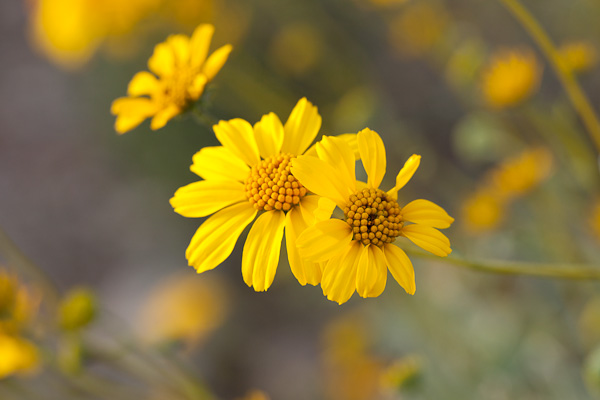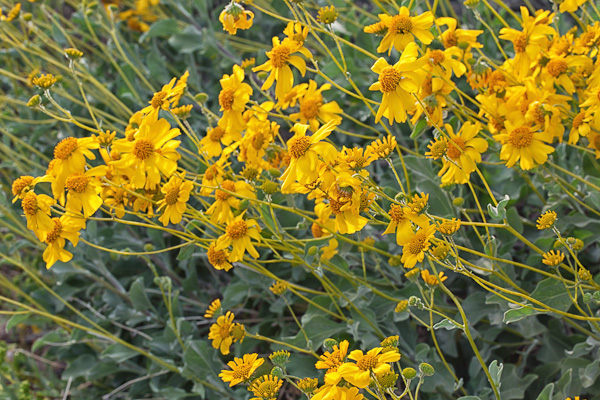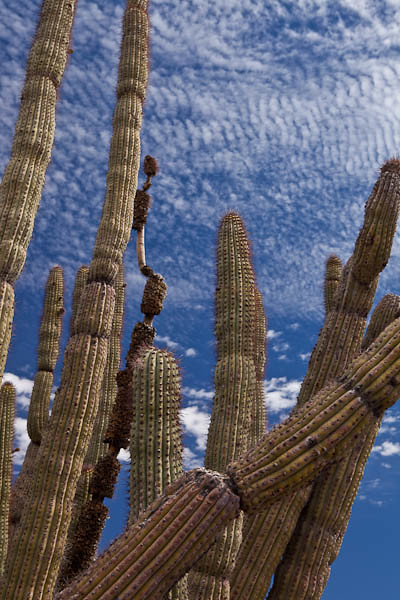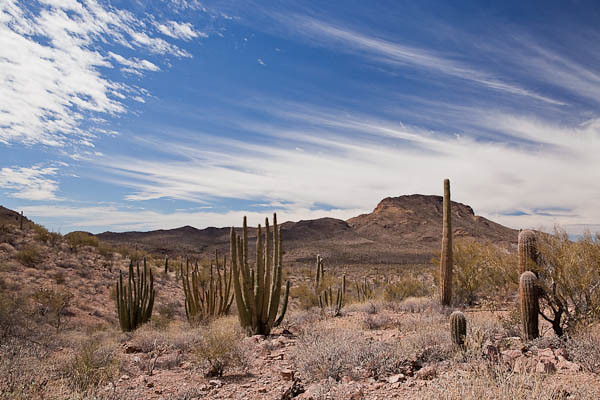
https://oleoalmanzora.com/oleoturismo-en-pulpi/ Desert Brittlebush © 2012 Bo Mackison
https://www.petwantsclt.com/petwants-charlotte-ingredients/ I walked in the desert often these last days, preferably alone, and looked lovingly at my brittle-bush, my fine beds of desert holly, my border of paper daisies and desert marigolds. Here, tended by unseen hands, are plants equal to any in a botanical garden. They seemed to flourish for me alone, just as the birds seemed to sing for me alone. There was no one else to see them, just as there was no one else to hear the birds sing.
~ Olga Wright Smith in Gold on the Desert

Order Tramadol Leaning towards the Sun © 2012 Bo Mackison
Brittlebush is one of the old standbys in the Sonoran Desert. It is drought resistant and blooms when there has been little rainy weather. But it is even more spectacular when Mother Nature sends rain. Brittlebush is common and easy to find wherever one looks in the Organ Pipe Cactus National Monument. At the foot of an organ pipe or saguaro cactus, spreading upwards to add mounds of yellow color on mountain sides road sides and along the dry arroyas.
The brittlebush is now a popular plant even in the city, as its characteristics lend themselves well to the xeriscaped (natural) landscapes in the arid Southwest. But it looks might fine to me, adding splashes of yellow to the green desert.
It is used in rites and rituals throughout the region and was once was burned as incense in many churches across the border in Mexico. The substance exuded from the stems were used as a chewing gum, and at one time it was even exported to Europe, sent by the Spanish mission priests. The Tohono O’odham continue to use the brittlebush as a source of gum.
The brittlebush has an interesting defense system. It exudes a compound from its leaves and when these chemicals are washed onto the surrounding gravelly soil, it lessens other plants’ abilities to germinate. This gives the brittlebush less competition and more resources for survival.
Brittlebush has a long history of names since it was a common plant used by the Tohono O’odham, the Spanish priests, and the (mostly English) pioneers. Besides the common name of Brittlebush, it has been called Golden Hills, rama blanca (white branch), incienso (incense), hierba de las animas (herb of the souls), hierba del bazo (spleen-herb), and hierba ceniza (gray herb).
I rather like the name hierba de las animas. Has a mystical sound to it — these yellow flowers charged with the care of souls.
——————
Bo Mackison is a photographer and owner of Seeded Earth Studio LLC. She photographed these flowers at Organ Pipe Cactus National Monument, and there are still many more photographs of other desert flowers to share.













